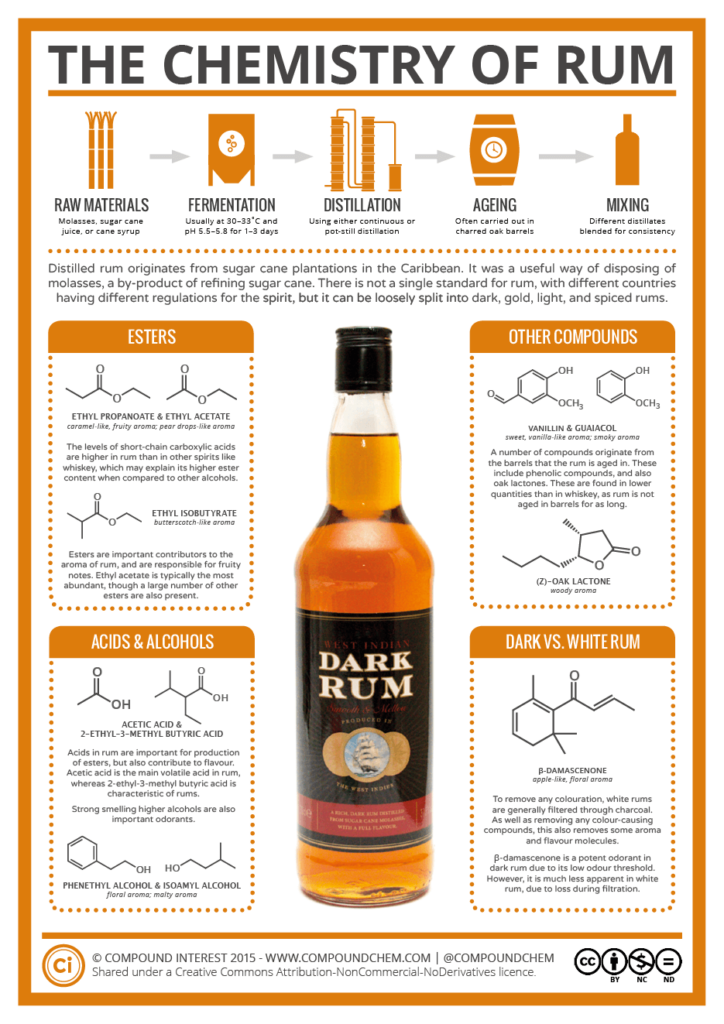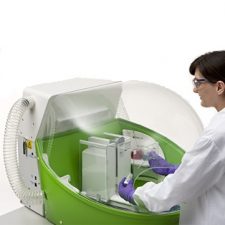In a desperate search for entertainment I have been drawn back in to the world of the notorious cult TV series, The Peaky Blinders. Makers have finally been able to film the 6th and final series which should hopefully be available for our viewing pleasure by the end of 2021.
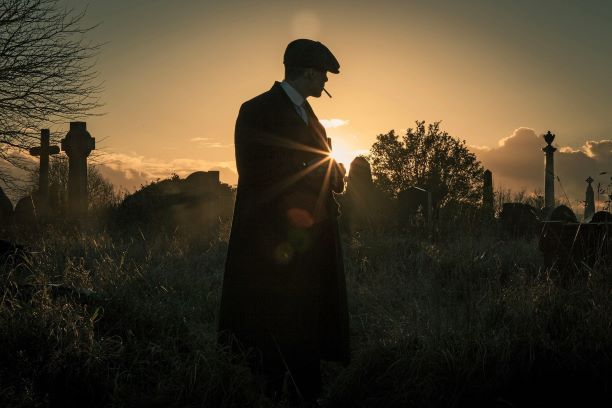
Who are The Peaky Blinders?
For those not familiar with the series, set in Birmingham post World War 1 (1914-1918), The Peaky Blinders focusses on the Shelby family; a notorious clan that grows in strength from 1919 to 1924. By developing a stronghold over their home city, starting with illegal gambling houses and moving into illegal alcohol production and distribution they somehow work their way into current affairs and politics. Running alongside the American Prohibition (1920-1933) the central characters, the Shelby family, go as far as getting their products (rum and gin – or “brown bread” and “white bread” which is manufactured at “the bakery”) distributed as far afield as the USA. It’s well known that the production, transportation and sale of alcohol was prohibited in America but here in the UK, manufacturers were legal so long as they had a licence.
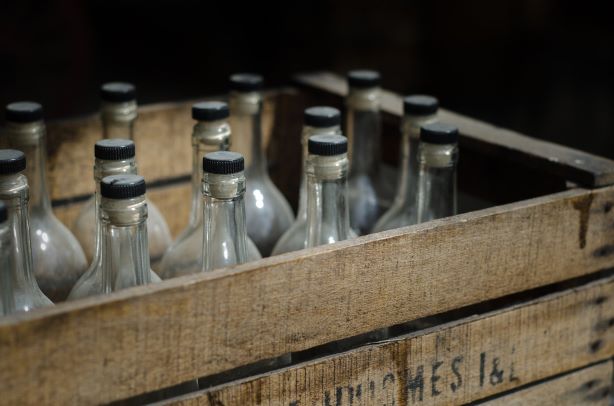
If we focus on the “brown bread”, the science or methodology originated from sugar cane plantations in the Caribbean – about as far away from Birmingham as it’s possible to imagine! It was a useful way of disposing of molasses, a by-product of refining sugar cane. Those geniuses at Compound Chemistry have put together one of their fantastic infographics on the chemistry of rum so if you’re spicing up your cocktails or playing Pirates around the BBQ in the sunshine you might be interested to take a look:
Watching the series develop, I began thinking about other scientific processes that may have actually been a result of WW1 that have proven to be of benefit to the world. So much of the chemistry that played a part in those years didn’t begin as a result of the war, but was largely developed by civilian chemists out of curiosity and began before the war.
What are some examples then?
Treatment of PTSD with opioids
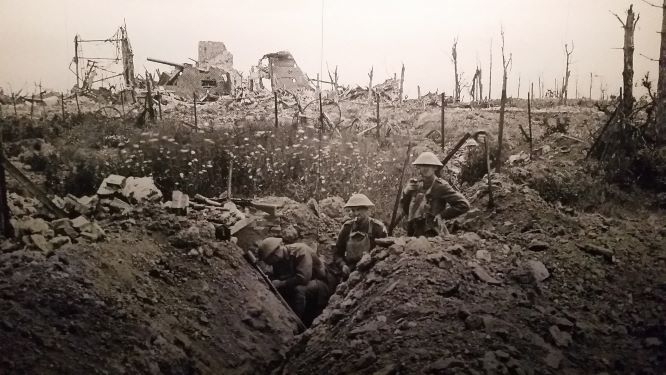
Leading character in The Peaky Blinders, Tommy Shelby, is seen to be suffering what we now know of as Post Traumatic Stress Disorder (PTSD). After theories that the condition was brought about by a physical brain injury were disproved, ailing veterans were considered weak. Treatment involved horrific tools such as violent electrocution to ‘snap them out of it’ but Tommy was seemingly ahead of his times as he self-medicated with psychopharmaceuticals. Of course self-prescribing unlicensed and unsupervised drug use isn’t something we would advocate, but it’s interesting that elements from this family of drugs is now utilised officially, alongside neurotechnological innovations and mindfulness therapies, to try and bring some form of help to those suffering from this brutal form of illness.
Progress in the development of a synthetic rubber

The German chemical industry had been working on a synthetic substitute for rubber for many years. The pharmaceutical division of the company, Bayer, scaled-up production of their “methyl rubber” from lime and coal and whilst it was a pretty poor substitute back then (not really ideal for tyres as it was soft when warm and hard when cold so your tyres had a hard flat base in the morning), it kick started an industry that now supplies the bulk of the world’s rubber needs.
Accessibility to viable blood for the wounded
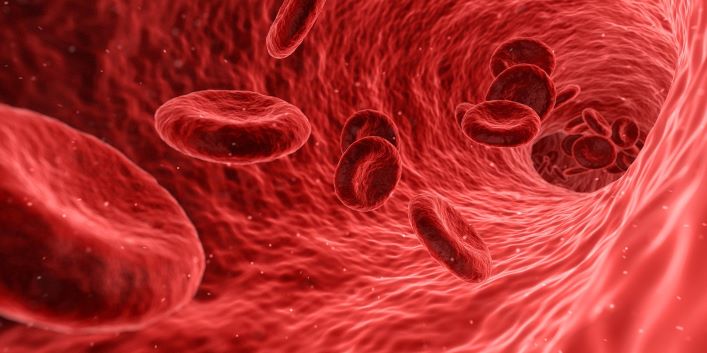
There’s no escaping the brutal truth that blood played a significant role in WW1 but probably not in the way that you’re thinking of. A major factor in loss of life on the battlefield was a shortage of matched and fresh blood supplies. There was just no way to store it. In 1914-1915 the use of sodium citrate anticoagulant was introduced independently by three scientists; Albert Hustin in Belgium, Luis Agote in Argentina, and Richard Lewisohn in New York. This allowed blood to be stored for a few days and meant that the donor and recipient no longer had to be in the same room.
Then in the Rockefeller Institute in New York, Peyton Rous and J.R. Turner Jr. discovered that adding dextrose to the citrate extended the storage time to four weeks. This amazing breakthrough lead to advancements in transfusions, and allowed blood to be used to treat shock, carbon monoxide poisoning, septicaemia and chronic wound infections. Necessity introduced these practices to more practitioners and in more standardised procedures than might have occurred in a more peaceful time.
Antioxidants

Two organic chemists, Charles Moureu and Charles Dufraisse made a huge discovery while working on the French chemical warfare programme. January 1916, the French Army introduced the unsaturated aldehyde acrolein, CH2=CHCHO, as a filling for grenades and certain shells. Whilst the chemical was a powerful tear gas and lung irritant it wasn’t particularly successful as a chemical warfare agent because it was so chemically unstable.
These French chemists observed that when acrolein was exposed to air, it spontaneously turned into a waxy resin. They discovered that acrolein and the oxygen in air combined in a process now known as autoxidaton to produce peroxides that catalysed the deterioration of the acrolein. The peroxides were ‘pro-oxygenic’. They subsequently showed that acrolein decomposition could be inhibited by ‘anti-oxygenic’ compounds, most notably phenolic compounds. These days, ‘anti-oxygenic’ compounds are known as antioxidants and you can’t buy a salad these days without hearing about its antioxidant properties!
Mustard gas
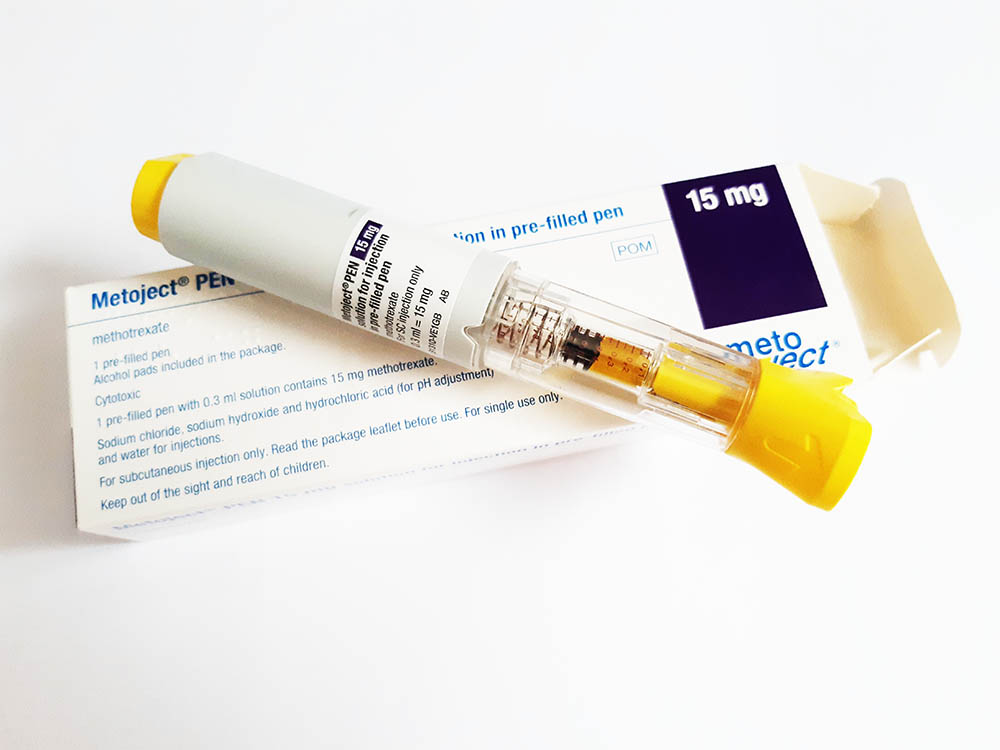
You may be surprised to hear that there is any possible way for mustard gas to be the basis of something positive but that is actually the case and I myself might not be here without it. Part of Charles Moureu’s work was focused on mustard gas – a compound that was first reported by a Belgian-born French chemist César-Mansuète Despretz in 1822. English chemist Frederick Guthrie improved the synthesis and reported on it in 1860, noting that the chemical caused blisters on the skin. After mustard gas was introduced on to the battlefield in the summer of 1917 by Germany, Moureu, British chemists Charles Gibson and William Pope, and US chemist James Conant all set to work to produce this hideous toxic agent for the Allies using variations of the Guthrie synthesis.
Soon after the end of WW1, scientists reported that the soldiers who had been poisoned by mustard gas during the war had a low blood count. They realised that the poison and related compounds could be used as anti-cancer drugs to suppress the frighteningly rapid division and proliferation of blood and bone marrow cells that result in leukaemia and malignant tumours of the lymph nodes (lymphomas).
Fast forward to 1935 and several groups of scientists reported the syntheses of nitrogen mustards, most significantly mustine, (C1CH2CH2)2NCH3. US pharmacologists, Alfred Gilman and Louis Goodman worked during WW2 on clinical use of mustine to treat lymphomas and published a landmark article with their results in 1946. This brought about a wealth of interest and research in the use of cytotoxic chemicals to treat cancer. This holds great significance for me personally as I have quite a few autoimmune conditions, and amongst other things receive weekly injections of an antimetabolite cytotoxic agent. Methotrexate. Despite its deplorable history, without it I (and many others) would be in big trouble!
Conclusion: how did we get here from The Peaky Blinders?
This age demonstrated chemistry’s ability to be both a blessing and a curse; helping to prevent infection and loss of life with better care of the sick and wounded that has changed the world of medicine forever whilst at the same time aiding mind blowing destruction. That’s a tough sentence to finish on and I can only apologise that this blog has come to this conclusion from an opening line about The Peaky Blinders and extend my sincere wish that no one is upset or offended by it but there’s lots to think about and I’m glad that something designed to entertain has made me think. Feel free to get in touch if you’d like to share your thoughts. Click here to find our contact details.
